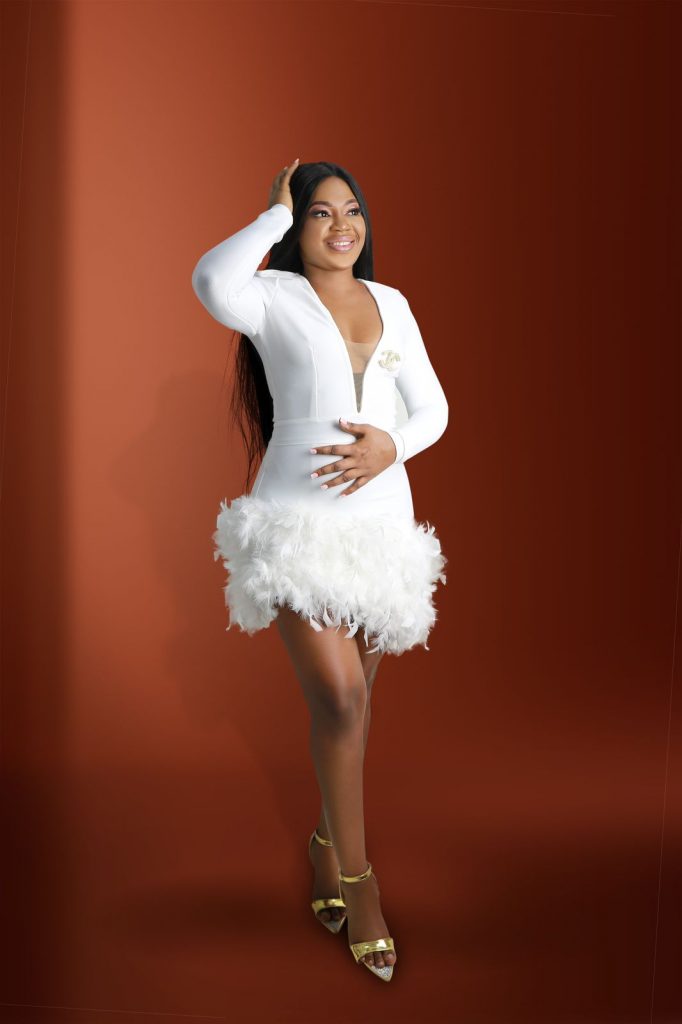Table of Contents
Mastering contrast in studio photography is important for creating compelling images. It enhances visual impact by separating the subject from the background, setting the mood, and conveying emotions. Contrast reveals intricate textures and adds depth, defining the form and shape of the subject. It also serves as a tool for artistic expression, allowing for personal style and creativity. Achieving the right balance of contrast involves expertise in lighting manipulation, modifier use, and post-processing techniques. This skill defines your unique style and leaves a lasting impression on your audience.
What is Contrast in Studio Photography?

In studio photography, contrast refers to the variation between light and dark areas within an image. It’s a pivotal element that greatly influences image quality and visual appeal. High contrast images display sharp edges and vivid subject-background separation, emphasizing fine details. Low contrast images, on the other hand, offer smoother tonal transitions. This contrast can have a significant impact on the mood and emotional response evoked by the image. High contrast contributes drama and intensity, while low contrast imparts a dreamy or ethereal atmosphere.
Defining Low Key and High Key Values
In contrast in Studio Photography, you should think of low key values as the darker regions of your photograph. These areas are characterized by shadows, low illumination, or underexposure. They often evoke moods of mystery and tension, creating a dramatic atmosphere with an absence of highlights. By emphasizing low key values, you can obscure or reduce details in shadowed areas, intentionally playing with the enigmatic and moody aspects of your image.
Conversely, high key values represent the brighter, well-illuminated portions of your photograph. These areas feature high illumination, and they may even verge on overexposure. They often convey feelings of lightness, purity, and optimism. High key values create a sense of airiness and serenity, with minimal to no shadows. Utilizing high key values allows you to produce images that are visually uplifting and serene.
Now, here’s where it gets interesting. The interplay between low key and high key values significantly impacts the overall contrast of your image. Contrast, in photography, is the difference between the darkest and lightest areas in your frame. When you combine low key values, which bring in deep shadows, with high key values, emphasizing highlights, you create a striking juxtaposition. This sharp contrast between light and dark elements enhances the visual impact of your image, making it more visually captivating and evocative.
Key Light in Low Key Photography
In low key photography, your key light takes center stage. It’s typically positioned at an angle to create that characteristic interplay of light and shadow. This light isn’t just about brightness; it’s about drama and mood. The key light highlights specific areas while allowing others to recede into deep shadow. This controlled illumination is what gives low key images their enigmatic, moody feel. It’s the key light that defines your subject, making it stand out against a dark backdrop, creating compelling visual stories.
When you use the key light in low key photography, you intentionally lower its intensity. This is what produces those dramatic shadows and dark areas. Where you place the key light and how bright it is will dictate the extent of shadows and darkness in your photo. These strong shadows add depth and dimension to your subject, making it pop off the frame and giving it a three-dimensional quality. The dark areas surrounding your subject work to isolate it, drawing your viewer’s eye and enhancing the overall impact of your image.
Key Light in High Key Photography
In high key photography, the key light assumes a paramount role in shaping the images characterized by even lighting and minimal shadows. This component is crucial for creating the signature bright and airy atmosphere of high key images. The key light serves as the primary source of illumination, designed to evenly light the subject. Typically, soft and diffused lighting techniques are employed to minimize harsh shadows, and modifiers like softboxes or umbrellas are often used for gentle diffusion.
The strategic placement of the key light, usually positioned in front of and above the subject, contributes to even lighting. Its soft, diffused quality ensures that the light is spread evenly, resulting in a clean, bright, and consistently illuminated photograph. High key photography depends on the key light to reduce shadows. The soft and diffused nature of this light, along with its placement, helps keep shadows subtle and unobtrusive, often reduced to faint gradients.
Low Key Lighting Setup
In low key photography, the key to success lies in a well-crafted lighting setup that creates the signature moody, dramatic, and high-contrast images. This setup typically revolves around three essential light sources.
Your primary and most potent light is the key light. Positioned at an angle of approximately 30 to 45 degrees off-center and slightly elevated, it illuminates your subject, casting strong shadows and infusing your composition with depth.
The fill light, used sparingly, is situated on the opposite side of the key light. It can be another light source or a reflector, and its role is to gently brighten the shadows created by the key light, reducing excessive contrast while preserving depth.
To enhance depth and separate your subject from the background, you typically employ a background light. This light source is placed behind your subject, directed at the background, and adds visual interest to your composition.
The precise placement and control of these lights are critical, allowing you to achieve your desired mood and effect in low key photography, making it a fundamental skill for photographers aiming to create compelling, shadow-rich images.
High Key Lighting Setup
In high key photography, the key to success lies in a meticulously crafted lighting setup designed to achieve a bright, low-contrast, and cheerful ambiance. This setup revolves around three primary light sources and precise placements:
The central element is the key light, often a diffused source like a softbox or umbrella. Positioned in front of and slightly above the subject, it provides even illumination with gentle diffusion, ensuring that the scene is bathed in a bright and cheerful light.
A complementary fill light, typically another diffused source or a reflector, is placed near the camera opposite the key light. It softly brightens shadow areas, enhancing the even lighting effect and maintaining the mood.
The background light, positioned behind the subject, ensures the backdrop remains evenly lit. This separation light adds depth and eliminates unwanted shadows or distractions, contributing to the high key effect.
Low Key Values
In low key contrast in studio photography, it’s crucial to know the significance of specific key values that define this style. These values predominantly comprise darker tonal ranges, including mid-tones, shadows, and darker highlights. In contrast, highlights play a subdued role. These key values create a visual palette characterized by depth, richness, and intensity, establishing an overarching sense of darkness and mystery.
The role of these key values in low key photography is twofold. First, they profoundly influence the mood of the photograph. The dominance of darker tones infuses the image with intrigue and drama, making it particularly effective for conveying somber, enigmatic, or intense emotions. Shadows and limited highlights work together to evoke a sense of secrecy, subtly revealing and concealing elements. Second, these key values are pivotal in infusing drama into the photograph. Their depth and richness create an enigmatic and emotionally charged ambiance, while the careful use of highlights intensifies contrast, adding to the overall dramatic impact of the image.

High Key Values
High key contrast in studio photography is characterized by key values that are pivotal in creating a bright and airy atmosphere. These values predominantly consist of lighter tonal ranges, focusing on highlights and mid-tones while minimizing the presence of shadows. This tonal palette infuses the composition with brightness and a sense of lightness. Highlights take center stage, contributing to a radiant, cheerful ambiance, and the limited presence of shadows ensures a lack of moody elements, fostering an overall feeling of brightness and optimism.
The absence or minimal presence of shadows, a hallmark of high key photography, plays a crucial role in crafting an airy atmosphere. The images feel open and spacious, with an emphasis on mid-tones and highlights creating a sense of airiness, giving the composition a weightless and well-lit quality. Understanding and skillfully manipulating these key values are essential for photographers aiming to capture the unique high key aesthetic, ensuring their images exude an abundant sense of light and optimism.

Here’s a tabular representation of the key differences between high key and low key contrast in studio photography, as well as when each type of Contrast in Studio Photography is most effective for specific photography goals:
| Aspect | High Key Contrast | Low Key Contrast |
|---|---|---|
| Key Values | Predominantly lighter tonal ranges, with a focus on highlights and minimal shadows. | Predominantly darker tonal ranges, including mid-tones, shadows, and darker highlights. |
| Characteristics | Creates a bright and airy atmosphere with minimal shadow presence, often focusing on highlights. | Generates a moody and dramatic ambiance with deep shadows and strong contrasts. |
| Effective for | Ideal for subjects or scenes where you want to convey a sense of lightness, optimism, and simplicity. Commonly used in portrait photography to create a youthful, cheerful mood. | Most suitable for subjects or scenes where you intend to evoke mystery, intensity, and drama. Often used in artistic and storytelling photography to convey depth, emotion, and intrigue. |
Contact me on Instagram to book a studio session for amazing Portraits.

Contrast in studio photography is important. It breathes life into your images, defining subjects, guiding viewers, and shaping mood. Low key contrast creates drama and depth, while high key contrast exudes brightness and optimism. Mastery of contrast is essential, setting professionals apart. Embrace experimentation, exploring both low key and high key contrast. Low key unveils controlled darkness, enabling emotive storytelling. High key celebrates purity, radiating lightness. In your journey, understanding and applying contrast is fundamental. So go out there and Hit That Shutter Button.

